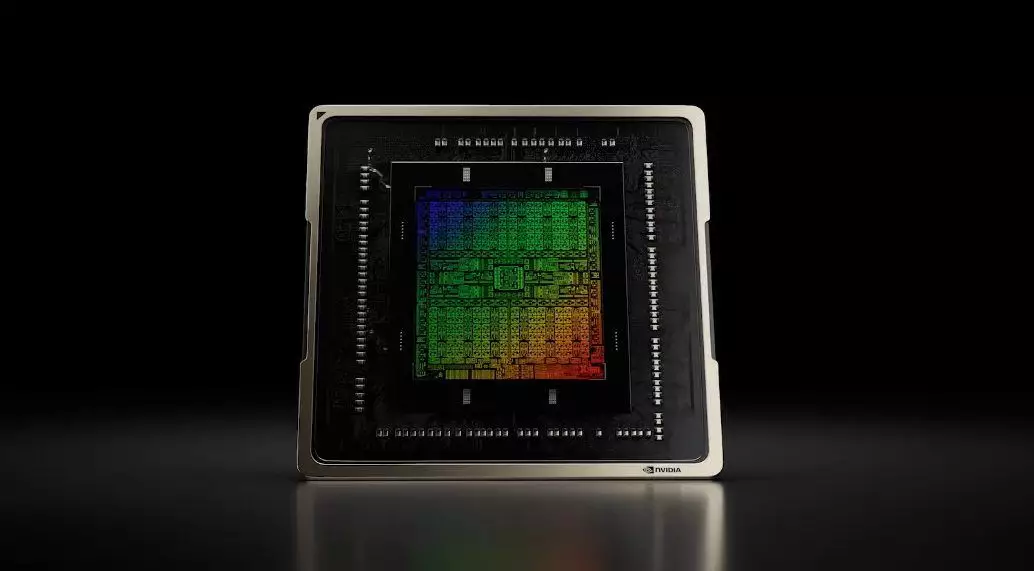As the gaming industry continues to evolve, hardware manufacturers are constantly jostling for supremacy. One key player, Nvidia, is reportedly working on a new Arm architecture-based processor tailored for gaming laptops. Rumors surrounding this development suggest a significant leap in performance and efficiency, especially for mobile gaming devices. As speculation mounts, it’s crucial to dissect these claims, understand their implications, and consider where they might lead the industry.
The notion that Nvidia is developing an Arm processor for gaming isn’t entirely new. For over a year, whispers within the tech community have pointed to this possibility, yet specific details about its design, applications, and targeted markets have remained vague. Recently, however, credible sources have begun to surface, stirring excitement about this potential innovation.
One compelling claim comes from Moore’s Law is Dead (MLID), a well-known technology YouTuber, who cites an unnamed Nvidia partner. According to this source, the forthcoming chip aims for a power envelope of approximately 80W. Comparisons have been drawn to Nvidia’s existing RTX 4070 mobile GPU, suggesting that the new Arm-based offering could deliver gaming performance on par with this powerful GPU while considerably enhancing battery efficiency.
In addition to performance benchmarks, the rumored collaboration between Nvidia and Dell, specifically under the Alienware brand, adds another layer of intrigue to this development. Alienware has long been associated with high-performance gaming laptops, and the possibility of integrating an Nvidia-made Arm processor raises questions about the future landscape of gaming devices. The prospect of an all-Nvidia Alienware laptop—combining both the CPU and GPU in an efficient package—could redefine gaming performance on mobile platforms.
The timeline for bringing this revolutionary product to market is also noteworthy. Reports suggest that Nvidia is working with a target production timeline of late 2025 or early 2026. Such urgency reflects the competitive nature of the gaming hardware market, particularly as rival AMD is gearing up to launch its powerful Strix Halo APUs.
The impending competition between Nvidia’s Arm APU and AMD’s Strix Halo chips underscores the high stakes within the gaming laptop arena. AMD’s upcoming Strix Halo line is set to feature advanced RDNA 3.5 architecture, with impressive specs including up to 40 compute units (CUs) and 16 CPU cores in its flagship offering. This potent combination positions AMD as a formidable contender, pushing Nvidia to deliver equally compelling performance from its Arm-based architecture.
What this implies for gamers is a potential shift in how mobile gaming performance is viewed. Historically, discrete GPUs dominated the landscape for high-end gaming. Still, advancements in integrated solutions could pave the way for more compact, energy-efficient devices without compromising on power—a crucial factor for gaming on the go.
Another crucial aspect of these developments revolves around the manufacturing of the new chips. The identities of the chip-makers—whether it be Intel, TSMC, or another firm—have yet to be confirmed. However, current speculation suggests a potential partnership with MediaTek, potentially shifting Nvidia’s production landscape nuanced by the rumored expiration of Microsoft’s Qualcomm-exclusive deal. This could catalyze Nvidia’s foray into wider adoption of Arm architecture within Windows environments, setting the stage for a more competitive ecosystem.
If the rumors hold true, an Nvidia APU on Arm architecture could signify a paradigm shift toward more substantial compatibility for Windows on Arm. Improvements are reportedly underway to enhance the Windows operating system’s capability on Arm-based devices, addressing previous deficiencies that have plagued the gaming experience. With developments such as support for AVX and AVX2 instructions introduced in Windows Insider builds, the horizon for Arm-based gaming is beginning to look more promising.
The ramifications extend beyond mere technical specifications. The gaming community is increasingly receptive to innovations in mobile technology, and if Nvidia delivers as promised, it could facilitate a more robust push into the thriving sector of portable gaming.
Nvidia’s rumored Arm processor, designed for gaming laptops, paints an enticing picture of the future. With potential partnerships, competitive performance benchmarks, and advancements in software compatibility, we stand on the precipice of a new era in mobile gaming. The world will keenly watch how this endeavor unfolds as the clock ticks towards the projected launch date, marking a possible turning point for gamers and hardware manufacturers alike.

